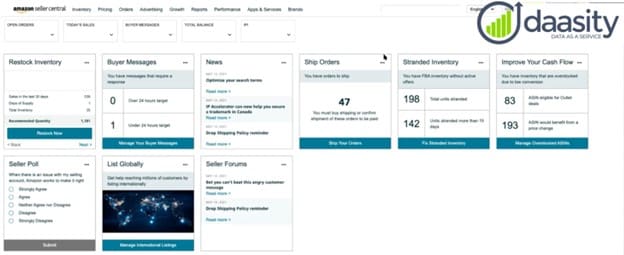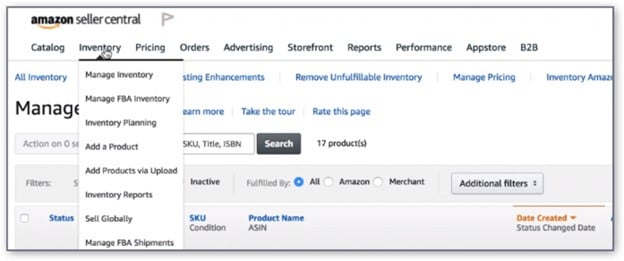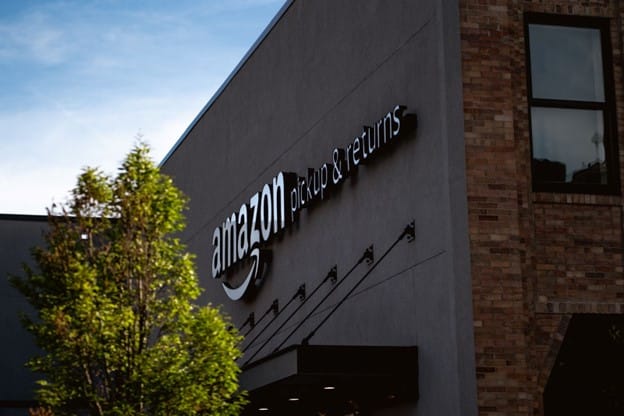There have been some changes to the Amazon return policy. How will this impact sellers?
If you started an Amazon e-commerce store, you’re probably looking forward to growing your sales, gaining a clientele, and making all your business ownership dreams come true. But many aspects of e-commerce ownership can negatively impact your sales and inventory, such as returns.
On one end, a generous return policy is integral for e-commerce businesses. It will comfort your customers in buying from your store since they know they can return an item if it’s defective or not what they expected.
However, Amazon has always had a serious problem with its generous return policy. Since the Amazon return policy was updated in 2023, it’s essential that sellers know the basics and how it affects them.
Amazon Return Policy for FBA Sellers
If you’re an FBA seller, nothing has changed regarding handling Amazon returns. Amazon will process all returns for you and will handle all communications with customers. When a user returns an item, you’ll receive an email notification, and Amazon will deduct the cost from your balance

Nothing has also changed about Amazon’s current return policy. You’ll still abide by Amazon’s return policy at default, and you have no control over which products are returned and which aren’t.
So, What Changed?
If you use fulfillment by Amazon (FBA), the Amazon return policy hasn’t changed for sellers or customers, but FBA users have more tools to monitor and control returns.
As of March 2023, FBA users can access a new tool called “Return Insights.” This way, you can view your return rates using various metrics, such as:
- Returned units
- Return rate percentage
- Product return category
- Return timeframes (by 30, 60, and 180 days, and into the previous year)
- Return reasons
- Returns by ASIN
This tool is an easier way for sellers to access return merchandise metrics, and they can use the data to improve the product quality, re-create the content, and make other necessary changes. This way, buyers will be more satisfied with their product purchase and less likely to return the item.

To view the tool, go to Seller Central and click Manage FBA Inventory > Manage FBA Returns.
Related content: New ‘Frequently Returned’ Warning
What If You Use FBM?
If you handle your own fulfillment, will this change affect you? Yes and no. First, the Amazon return policy is still the same–you must meet or exceed Amazon’s current return policy.
Typically, Amazon requires a 30-day return window for any reason, and you must refund the customer within two days of receiving the returned item. You will also be enrolled in Amazon’s Prepaid Returns Labels program, also called Refund at First Scan.
But Amazon’s return policy always changes. For example, Amazon extended its return policy during the 2022 holiday season, so FBM sellers were required to abide by this rule.
There are also exceptions to the 30-day window rule. For example, you can choose to not return certain items, such as electronic devices. There also may be different Amazon return policies based on the country and geographical region. In these cases, Amazon will send you the return request, and you must review it manually.
Other Options for FBM Sellers
Since there may be some exceptions to Amazon’s return policy, there are still some options for sellers in the FBM program.
For example, you may charge a restocking fee if a customer returns a product. This usually happens if the customer returns the product after the 30-day return window. This may also happen if the item was returned damaged, overly used, defective, or different in any other way.
Remember that you can’t charge a restocking fee if the customer returns the item within the 30-day return window in its original condition.
Can a Customer Receive a Refund Without Returning the Item?
Yes, this is something called a returnless refund. There are a few reasons why Amazon may allow this:
- Shipping was expensive
- Product value is low
- Item will be difficult to resell
- Damaged or defective item
Predicting a returnless refund is impossible since Amazon does this on a case-by-case basis. If you’re an FBA seller, you won’t know the threshold Amazon sets for expensive shipping and low-value products.
There are other issues with this, especially if you’re an FBA seller. Amazon can initiate a refund without you even receiving the product or knowing what happened. This is why sellers should use the Return Insights tool to know the reason for the return and to better prevent more returnless refunds.
FBM sellers do have more control over returnless refunds. To set returnless refund rules, go to the Return Settings tab in Seller Central and alter the category, price range, return window, and reason.
How Does the Amazon Return Policy Affect Sellers?
There are many ways that Amazon’s return policy affects sellers. Some of these impacts can benefit the seller but also put stores at a disadvantage.
FBA sellers have the benefit of Amazon handling their returns, so this isn’t anything extra that sellers need to worry about.
When Amazon receives the refund, they will determine the reason and quality of the product. If the customer returns the product in its original condition, they will return the item to your inventory to be sold again. Amazon will deduct the item’s price from your account, but they will resell it again.
What if the item is unsellable, i.e., if it’s damaged? First, Amazon will inspect the item to find out how it was damaged and who was responsible. This usually falls on the delivery driver, Amazon’s warehousing staff, or the customer.
If Amazon damages the product, you’ll be reimbursed for the damaged product. But if the carrier or customer damaged the item, you won’t be reimbursed. Sellers must also submit a removal order within 30 days of the item arriving at the fulfillment center.
Since FBM sellers have more control over their inventory, they aren’t as impacted by Amazon’s return policy as FBA sellers. However, there are concerns when customers abuse the return policy since FBM sellers must meet or exceed Amazon’s policy.
Fortunately, Amazon is good about catching any fraud on the customer’s side and will handle the customer on their end, usually by refraining them from purchasing more items on the website.
Don’t Let the Amazon Return Policy Affect You
While the Amazon return policy can affect you in many ways, there are steps that you, as the seller, can take to minimize any damage. Creating accurate content and copy, handling your own fulfillment, and developing a better reporting strategy will help you take control of your store and satisfy your customers.
Do you need help with managing your orders and returns? If you’re looking for an FBA alternative, we have a multi-faceted account management approach. We can write your content, handle your marketing and advertising, manage your inventory, and more.
Schedule a call with us today.
Author bio





